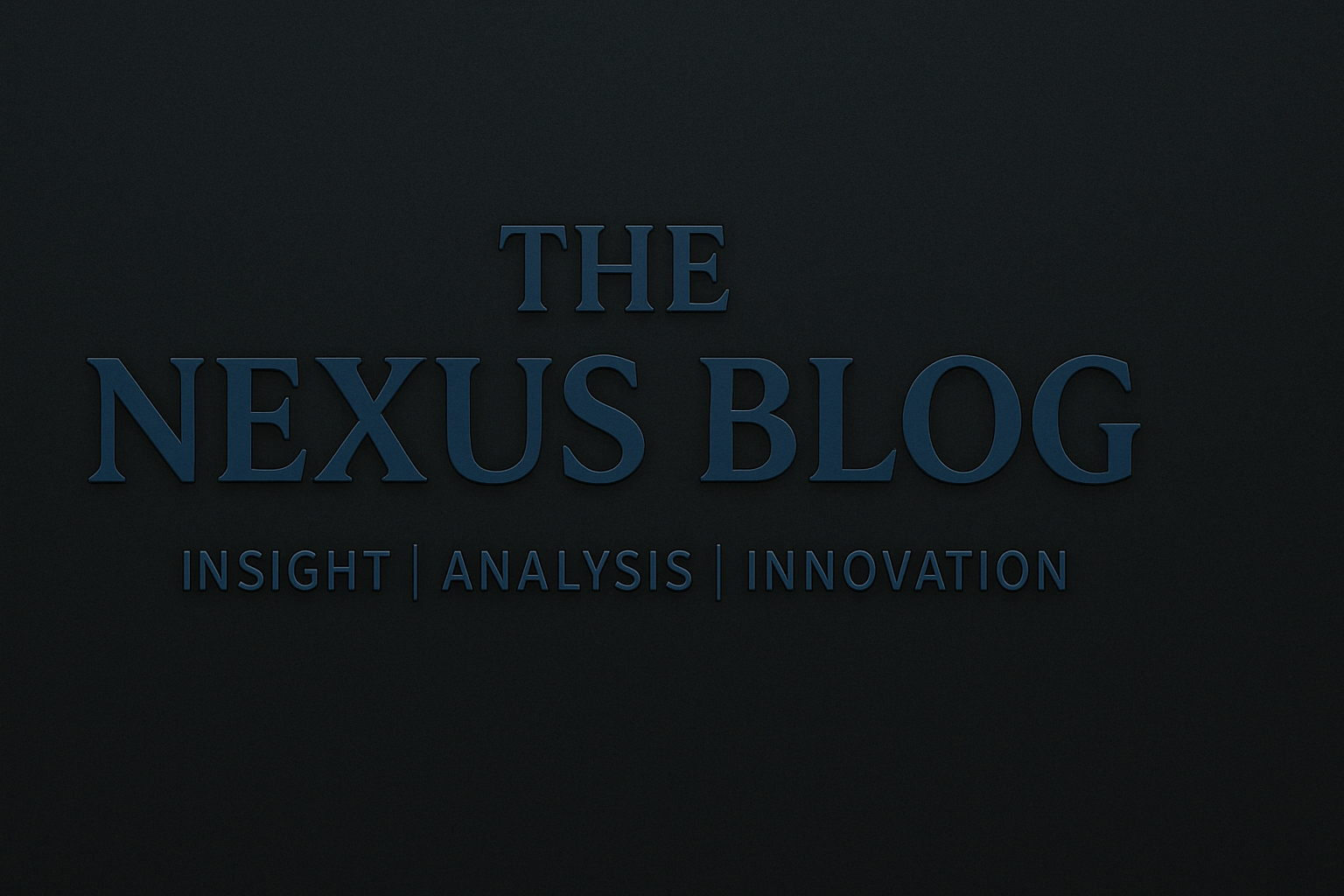Surveilled and Unaware: How Everyday Life Feeds the Watchers
07/30/25
By The Security Nexus
In a society obsessed with personalization, convenience, and security, we’ve sleepwalked into a regime of surveillance so seamless that resistance often feels futile. Whether it’s a wearable health tracker, a smart doorbell, or the autoplay on your favorite streaming service, the truth is simple: every tap, pause, swipe, and blink contributes to a mosaic of control.
This is the age of Ubiquitous Technical Surveillance (UTS)—an environment where your metadata is more revealing than your diary, and where surveillance has ceased to be about monitoring the exceptional and is now focused squarely on the ordinary.
⸻
The Dual-Use Dilemma
We embrace commercial technologies because they make life easier. But the same tools that optimize our playlists or suggest personalized ads are also capable of constructing hyper-accurate algorithmic profiles that predict our movements, emotional states, and intentions. These tools are not neutral.
According to Dong Zhang et al. (2025), individuals who view their algorithmic profiles often experience privacy cynicism—a feeling of helplessness rooted in the belief that no meaningful privacy is possible. People are startled by the eerie accuracy of their digital reflections, but instead of mobilizing resistance, many retreat into resignation.
⸻
Psychological Costs of Living Watched
The psychological effects of constant surveillance were laid bare by the Helsinki Privacy Experiment. Over six months, volunteers in sensor-instrumented homes reported escalating anxiety, behavioral adaptation, and emotional fatigue. Many normalized the intrusions, even while admitting they felt violated.
This raises an unsettling question: if individuals come to accept surveillance as inevitable, what space remains for resistance?
⸻
The Ethics of Domestic Intelligence and the Covert Use of UTS
Nowhere is this normalization more problematic than in the realm of domestic intelligence. States have increasingly blurred the lines between public safety and authoritarian overreach. From counterterrorism to political surveillance, the capabilities provided by UTS—facial recognition, biometric profiling, real-time location tracking—are being used not only to find enemies of the state but to shape what it means to be a citizen.
Consider the targeted surveillance of journalists in Zimbabwe. As Allen Munoriyarwa documented, investigative reporters altered their routines, ditched digital devices, and sometimes abandoned stories altogether to evade state detection .
Surveillance, once the exception, has become a preemptive form of governance.
⸻
Surveillance as Structure, Not a Secret
As Bruce Schneier reminded us, metadata isn’t just data—it’s surveillance. When governments and corporations know what we search, where we walk, and who we call, they don’t need the content of our conversations. They already know what matters to us .
This isn’t just about privacy anymore. It’s about agency, and the loss thereof.
⸻
Resistance in the Age of Inevitable Capture
What does resistance look like when evasion is impossible?
One answer comes from artist Hasan Elahi. After being falsely accused of terrorism, Elahi launched Tracking Transience, a hyper-visible, self-surveillance art project. Rather than hide, he flooded the system with so much banal data that any real signal became indistinguishable from noise.
Simon Hogue’s analysis of Elahi’s project reframes resistance as not just evasion, but claiming the right to exist on one’s own terms. It calls for moving beyond individualistic privacy concerns to collective action against the normalization of surveillance.
⸻
Surveillance Capitalism and the Future of Freedom
As Shoshana Zuboff warned, this is no longer about state power alone. Surveillance capitalism feeds off behavioral surplus—data you don’t even know you’re giving. Your heart rate, sleep patterns, speech inflections, and online silence all say something. And they’re being heard.
UTS creates what Schneier calls a “mirrored funhouse”: a space where every behavior is mapped, stored, and eventually used against you, whether by insurance companies, governments, or threat-scoring algorithms.
⸻
Final Thoughts: Reclaiming the Narrative
We must stop framing surveillance as a tradeoff between privacy and security. It’s a power asymmetry disguised as convenience. Our “smart” devices, workplaces, and cities are often smarter than we realize—and not always on our side.
Being watched is no longer an event. It is a condition of modern life.
The question is not: Are we being surveilled?
The question is: What kind of society are we building with all that data?
⸻
Sources:
• Zhang, Dong, et al. “Google knows me too well! Coping with perceived surveillance in an algorithmic profiling context.” Computers in Human Behavior 165 (2025): 108536. https://doi.org/10.1016/j.chb.2024.108536
• Oulasvirta, Antti, et al. “Long-term effects of ubiquitous surveillance in the home.” UbiComp ’12 Proceedings, 2012. https://doi.org/10.1145/2370216.2370224
• Munoriyarwa, Allen. “When watchdogs fight back: resisting state surveillance in everyday investigative reporting practices among Zimbabwean journalists.” Journal of Eastern African Studies 15, no. 3 (2021): 421–441. https://doi.org/10.1080/17531055.2021.1949119
• Schneier, Bruce. “Ubiquitous Surveillance and Security.” IEEE Technology and Society Magazine, September 2015. https://doi.org/10.1109/MTS.2015.2461232
• Hogue, Simon. “Individual Vulnerability and Collective Resistance Under Surveillance: Claiming the Right to Existence against Discriminatory Suspicion.” International Political Sociology 18 (2024). https://doi.org/10.1093/ips/olae023
• Sanchez, Sergio. “Ubiquitous Technical Surveillance: Counterintelligence Bliss, or Nightmare?” National Intelligence University, 2020.

